Insights
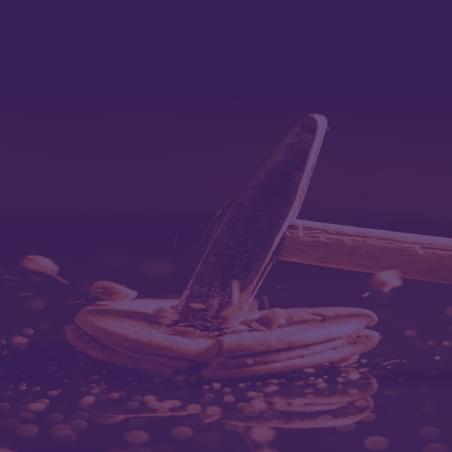
28 Nov, 2025
Five Products: Showing How Sound Shapes Modern Consumer Experience
Read MoreAmidst the turmoil of recent years, Gen Z have come of age and are making their presence felt across food, beverage, and personal care. This poses an important question for guardians of some of the world’s most famous grocery brands: what is your acquisition strategy for this cohort? Because a fresh wave of social media influencer-led brands is starting to rewrite category rules.
This far into the cost-of-living crisis, and Gen Z are really feeling the pinch. In the U.S, almost three-quarters claim to have changed their spending habits according to the Bank of America. In the U.K, Deloitte reports that 42% of Gen Zs now have a side hustle to their main employment to make ends meet.
To understand how multinationals should respond, MMR has pulled ranks with brand strategists Huxly Global to work out how mainstream brands can drive up perceived value with this cohort. To achieve this, we worked with 700 young participants, sending out curated unboxing experiences with functional snacks and beverages, breakfast cereals, skincare & wellness products, pasta & pasta sauces, as well as a selection of eco-friendly lines. We pioneered a new AI assisted chatbot conversation app and commissioned a deep sensory immersion to inform value recalibration in the chocolate category.
One of the most concerning observations from our study was Gen Z’s indifference towards many of the biggest brands in the land. In chocolate, all the lean-in was directed towards Feastables Mr Beast bar, vegan brand Hu and ethical crusader, Tony’s. Hershey’s, Lindt, and Dove just couldn’t compete.
One of the most concerning observations from our study was Gen Z’s indifference towards many of the biggest brands in the land.

Mr Beast, and other ‘social’ brands like PRIME and Liquid Death are upstaging incumbent players by being more relatable, where young shoppers acquire value simply by being part of a social phenomenon. In some cases, the product experience is just the start of it! Jake, aged 26, told us that the QR code on a Mr Beast bar represented a ‘part two’ of his experience, giving him exclusive Mr Beast content and a chance to win prizes beyond the point of consumption.
Another major source of value for Gen Z confirmed by our study is the paramount importance of new and novel products. If we stop and think, this generation’s best years were stifled by the pandemic, and they want to make up for it. Time again, our participating Gen Z were drawn to bright hues and rebel graphics with products such as Magic Spoon, Tony’s Chocolonely and Olly – in fact, anything that appeared to excite, and offer the prospect of awe and wonder.
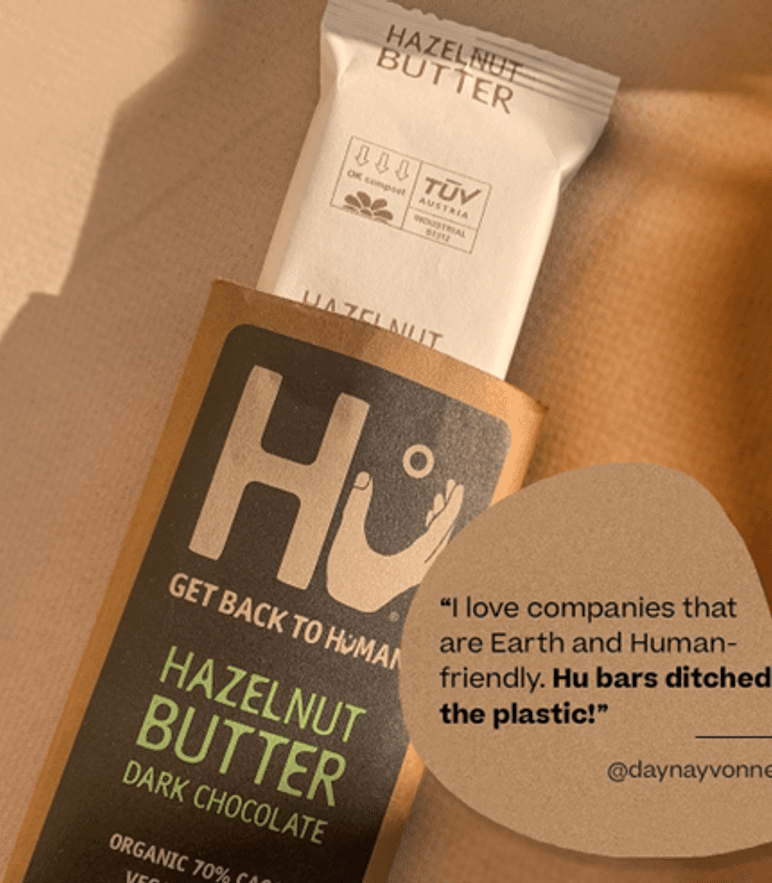
Beyond aesthetics, a select number of brands gave a masterclass in how to build anticipation for this experience hungry generation. They have successfully engineered ‘staged openings’ – requiring more than one act of unwrapping to get to the star of the show: the product itself. Brands like Hu have nailed this.
And while we’re on the subject of packaging, have you considered the state of your brand’s aesthetics post opening? Gen Z have, and they mark down experiences that get a little messy halfway through. This is the generation that has grown up with Instagram after all. A sure way to suck value out of an experience for Gen Z is to allow your aesthetics to go awry!
But let’s be clear, fancy packaging doesn’t buy Gen Z’s loyalty. They’re first to spot ‘gold washing’ – a failure to deliver on the hype. Across categories, we saw firsthand the raw disappointment of young category buyers who couldn’t detect anything extraordinary.
This reality suggests that the way we design, and test new products needs to change. It could be time to ditch the JAR (Just About Right) scores that most product developers still subscribe to. What Gen Z wants is excitement, and elevation! Optimization is giving way to maximization. They want to discover and be challenged. They want what P&G recently described as ‘first use wow’ – sensory whacks capable of sending Gen Z to TikTok to make a video!
But let’s be clear, fancy packaging doesn’t buy Gen Z’s loyalty. They’re first to spot ‘gold washing’ – a failure to deliver on the hype.
Some multinationals already get it! Fanta recently revised its formula in North America to be ‘even more Fantary!’ This was a masterstroke. Drawing on loss aversion, an intervention from behavioural science, they made Fanta more unmissable, less substitutable. On Gen Z’s terms, they made Fanta benefit from ‘FOMO’. In our chocolate study, Huxly’s proprietary value recalibration approach revealed exactly what mainstream players need to turn the volume up on in order to increase perceptions of value – and make products that Gen Z do not want to miss out on.
If elevated sensory experience represents the new base camp for Gen Z, then delivering consumer-packaged entertainment is the new aspiration: experiences capable of competing in the Gen Z hype cycle. It’s about wresting with Mr Beast with concepts that excite. And products that Gen Z consider worth telling their followers about.
With retailers fast expanding their own label offer, and rationalising the brands they carry, I believe that multinationals have the opportunity to take on the disruptive role that challenger brands once did for Millennials. To do this successfully will require a mindset shift, replacing value engineering with value recalibration, stepping up on limited runs, staged openings, unexpected peak moments and even co-creating with social influencers.
The alternative is increasing indifference.
Insights

28 Nov, 2025
Five Products: Showing How Sound Shapes Modern Consumer Experience
Read MoreNews
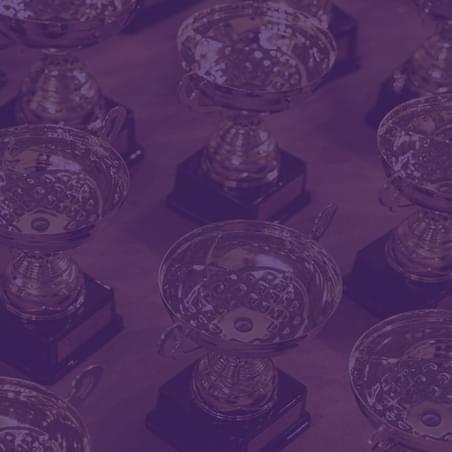
25 Nov, 2025
'If Your Product Updates Don’t Match the Frequency of Smartphone Upgrades, You'd Better Rethink Your Strategy.”
Read MoreNews
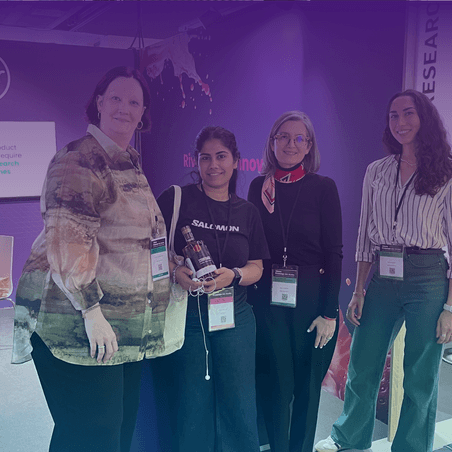
22 Oct, 2025
MMR at Printemps des Études 2025: Reconnecting Through Insight and Innovation
Read MoreNews
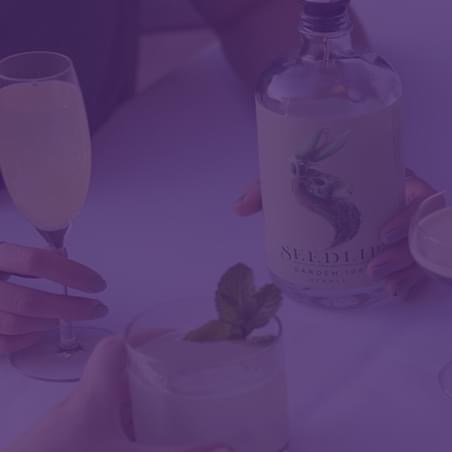
22 Oct, 2025
NEWS RELEASE: Non-Alcoholic Beverage Inventor, Ben Branson Calls for More Originality
Read More
21 Oct, 2025
Five Products: Signaling What’s Next for Alcohol
Read MoreInsights

10 Oct, 2025
Why CPG Must Get More ‘Touchy Feely’ – and Fast
Read MoreNews
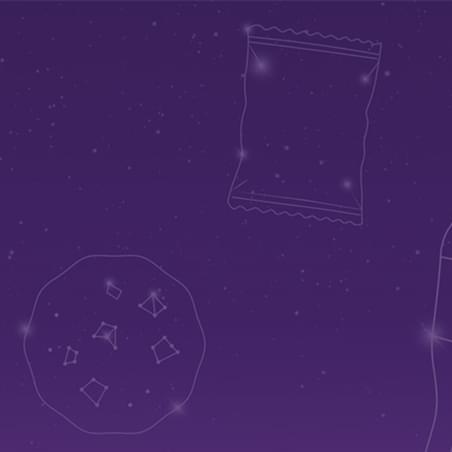
09 Oct, 2025
Stop guessing. Start innovating confidently. Sensory Bot™ is here.
Read MoreInsights

08 Oct, 2025
Inside Heineken’s Flavour Innovation: How Agentic Ideation and AI Personas Are Boosting Novelty
Read MoreInsights
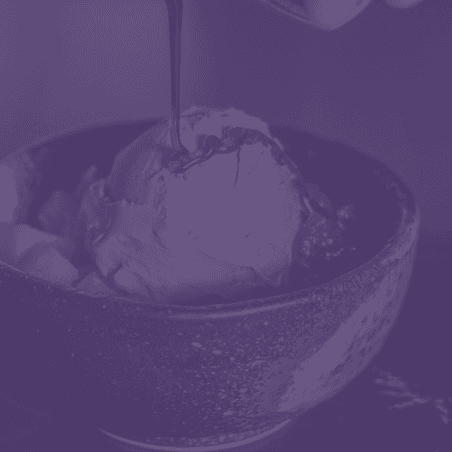
17 Sep, 2025
Five Products: Making the Most of Matcha’s Moment in the Sun
Read MoreNews

16 Sep, 2025
NEWS RELEASE: Sensory Bot™ Reveals the Unseen — Turning Product Experience into Your Competitive Edge
Read MoreInsights
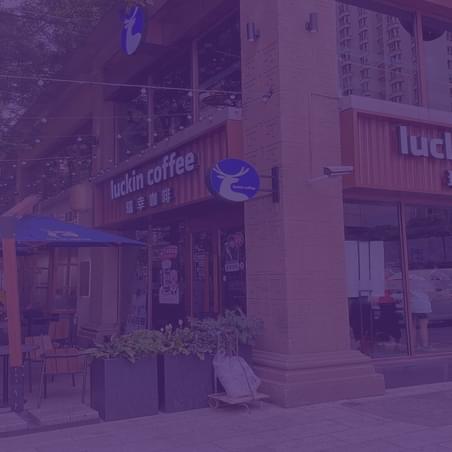
15 Sep, 2025
From Brand to Product: Why CPG Must Learn From China’s Proof-First Market
Read MoreNews
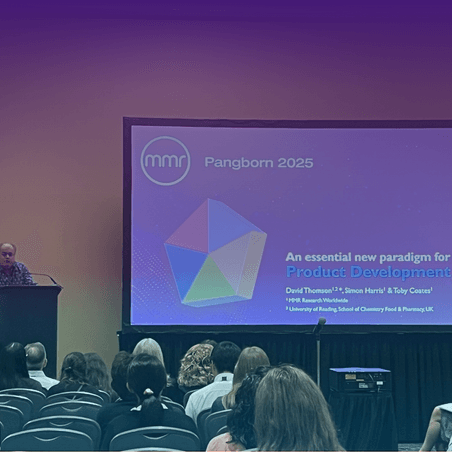
15 Sep, 2025
Pangborn 2025: An Essential New Paradigm for Product Development
Read More